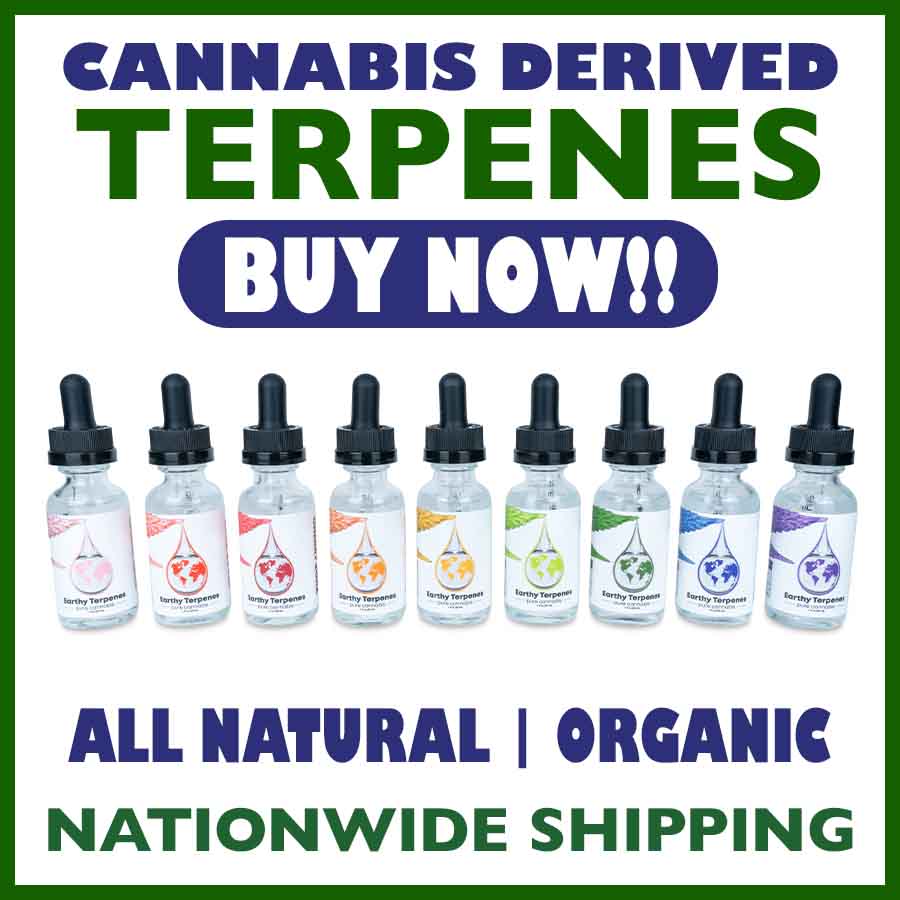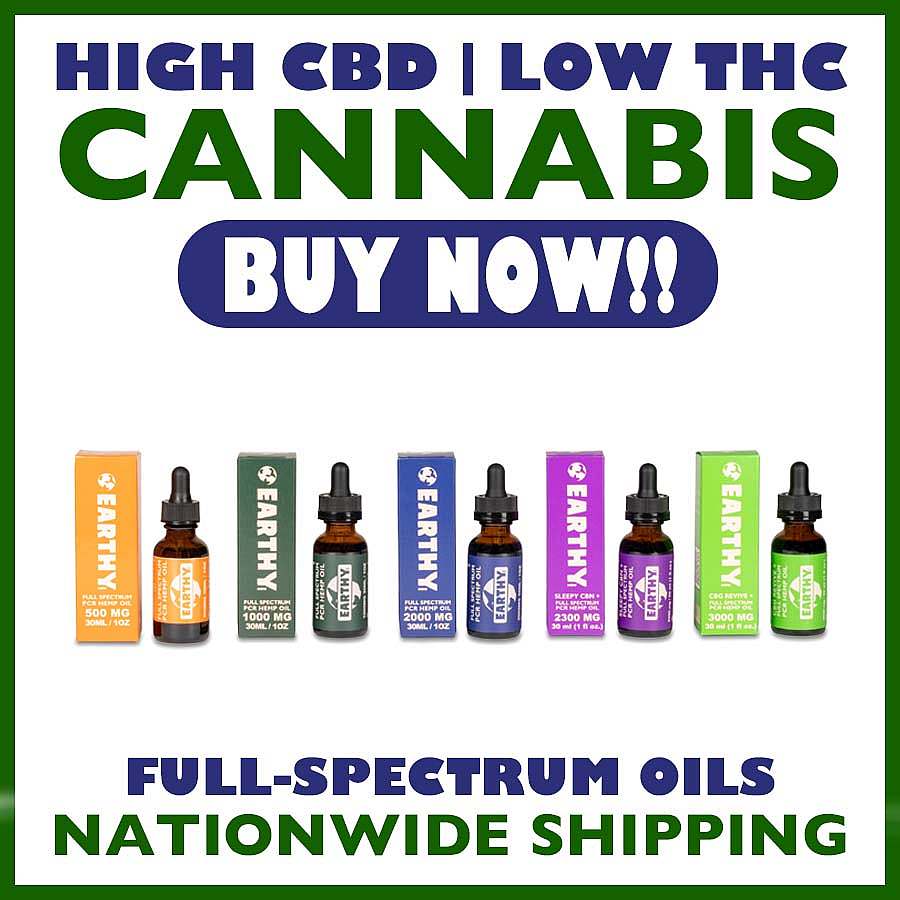The scent of lavender oil has a way of helping many of us take a deep breath and relax. That’s why you’ll find lavender essential oil in everything from massage oil to bubble bath to dish detergent. What you’re smelling in these products is lavender essential oil with a high concentration of the terpene linalool. Linalool is the dominant terpene in lavender.
Linalool is a naturally occurring chemical compound commonly found in the many essential oils of various herbs and other plants, including lavender and cannabis. Sweet, citrus-like, and commonly recognized as the characteristic smell of lavender, linalool rich strains it can offer the satisfying effects of lavender aromatherapy when used in cosmetics and personal care products.
Noted for its floral, calming fragrance, linalool functions in plants as a way to lure pollinators and detract predators. When consumed in cannabis, linalool seems to contribute to other strains’ calming effects via the entourage effect—the process through which all of the compounds in cannabis work synergistically to bolster the relaxing effects that of other cannabis strains because of the cannabinoids [1].
What are terpenes?
At their core, terpenes are molecules responsible for determining a plant’s smell. Additionally, they serve the plant by giving off scents that protect it. High concentrations of terpenes with repellent scents, for instance, might keep a plant safe from being eaten by insects or other animals. In contrast, other terpenes with attractive smells play a vital role in luring helpful insects to flowers to ensure the plant’s survival through pollination [2].
Terpenes are ubiquitous in commercial fragrances, cleaning agents, food products, cosmetic products, skincare products, and other substances. Many cannabis enthusiasts associate terpenes with cannabis plant and their favorite strains that offer specific smells, tastes, and other benefits. New studies have begun to reveal the potential of many terpenes as researchers evaluate data from human studies and publish findings about their potential helpful properties [3].
What is unique about linalool?
Linalool is a naturally occurring terpene alcohol present in many spices and flowering plants. A colorless oil, linalool is classified as a monoterpenoid, and an aroma compound. It is used in the manufacturing of food and cosmetics fragrances, household products, and even insecticides [4].
Linalool is based on the word linaloe, which is a type of wood. When linalool is used in food manufacturing, linalool is called coriandrol [4].
Linalool terpene effects
Despite recent studies that demonstrate linalool may potentially contribute to beneficial effects and benefits, more research is needed to determine its efficacy in humans.
However, linalool has long been used and likely plays a beneficial role through the entourage effect. It achieves this by enhancing the outcomes of cannabinoids such as THC and CBD [3].
Uses for linalool
Linalool is a popular flavoring and scenting agent for various commercial products. As a food additive, linalool benefits food chemistry and is used in numerous natural and synthetic flavorings. Chewing gum, ice cream, gelatin puddings, alcoholic and non-alcoholic beverages, hard and soft candy, condiment relishes, meat products, and baked goods often feature linalool taste or various levels of linalool as a flavoring ingredient. Linalool can be detected in liquid wax for marble, ceramic, linoleum, plastic, and wood floors when used in household products [7].
Perhaps the smell of linalool is best known for its use in cosmetics and self-care products. Lotions, soaps, shampoos, conditioners, makeup, sunscreens, and salves often contain floral aroma profiles that feature linalool. Natural product manufacturers enjoy using it as a fragrance because plants produce linalool, which can conform to definitions of nature-oriented ingredients. It’s important to note that irritated skin types avoid high concentrations of essential oils high in linalool to avoid an allergic reaction to the skin [7].
High linalool strains of cannabis
Linalool may be one of the most appealing terpenes in cannabis when it comes to the preferences of consumers. The lavender-like fragrance and the host of anecdotal benefits make it a much sought-after terpene. Some cannabis and strains listed as high in the linalool terpene are Canna Cake, Cherry Soda, Sour Special, and Suver Haze.
What is the entourage effect?
Originally proposed in 1999, the entourage effect describes a mechanism by which cannabis compounds such as terpenes and other compounds, even in trace amounts, act synergistically with cannabinoids to modulate the overall effects of the plant [1], whether those may be mood-altering or not. It follows that the terpenes present would add to the entourage effect because terpenes are part of the overall composition of the plant material.
Sources of linalool
Cannabis is only one of the many plants that boast the lavender-like scent of linalool. Other plants with linalool include:
- Jasmine
- Lavender
- Mint
- Rosewood
- Basil
- Thyme
- Coriander seed
And in small amounts in:
- Apricots
- Papayas
- Cranberries
- Coffee
- Ginger
- Tomatoes
- Turmeric
Linalool and you
You might be surprised to find that even if you’re not yet a cannabis user, you could be consuming nearly two grams of linalool per year through your food and beverages [8]. If you are one of the millions who enjoy the sweet odor of crushed lavender, this may be a terpene to keep on your radar. Buy terpenes from Earthy!
Top 20 Cannabis Derived Terpenes
Medical Disclaimer / Legal Disclaimer – Information is provided for educational purposes. It does not, and is not intended to, constitute legal advice or medical advice. We attempt to be accurate and up to date but the legality of cannabinoids and the science of medicinal properties of cannabis is evolving. The author is neither a legal professional nor a medical expert. Before buying or using any products, you should check with your local authorities and medical providers.
References
- https://en.wikipedia.org/wiki/Entourage_effect#:~:text=The%20entourage%20effect%20is%20a,psychoactive%20effects%20of%20the%20plant.
- https://en.wikipedia.org/wiki/Terpene
- https://www.mdpi.com/1422-0067/21/6/2187
- https://en.wikipedia.org/wiki/Linalool
- https://www.frontiersin.org/articles/10.3389/fnbeh.2018.00241/full
- https://pubs.acs.org/doi/abs/10.1021/jf900420g
- https://ntp.niehs.nih.gov/ntp/htdocs/chem_background/exsumpdf/linalool_508.pdf
- https://www.trulieve.com/discover/blog/terpene-linalool-what-you-need-to-know#:~:text=Linalool%20is%20considered%20a%20minor,treat%20several%20types%20of%20cancer
- https://en.wikipedia.org/wiki/Linalyl_acetate
- https://etd.ohiolink.edu/apexprod/rws_etd/send_file/send?accession=osu1500566798765732&disposition=inline
- https://pubmed.ncbi.nlm.nih.gov/24702129/






